Strength and conditioning professionals, coaches, and sport scientists continually seek effective training methods to optimize athletic performance. Isometric strength training has emerged as a valuable tool, offering benefits such as enhanced peak force, rate of force development, acceleration, and jump height. In contrast, the traditional plyometric training approach, while effective, poses safety concerns for oft injured professional basketball athletes. Let’s explore the significance of isometric training, its safety advantages over plyometric training, and how it leads to greater improvements in jump height.
A study conducted by Burgess et al. in 2007 compared the effects of plyometric and isometric training on tendon stiffness and muscle output characteristics. The research involved thirteen participants who trained their lower limbs either plyometrically or isometrically two to three times a week over a six-week period. The results demonstrated significant increases in tendon stiffness for both the plyometric and isometric training groups. Additionally, both groups experienced statistically similar improvements in rate of force development and jump height. The study highlighted the correlation between jump height and tendon stiffness, indicating that increased tendon stiffness plays a role in improving an athlete's ability to jump higher.
The findings of the 2007 study align with a more recent study conducted by Jeremy R Townsend et al. in 2019. This study focused on the relationship between isometric mid-thigh pull (IMTP) performance and athletic abilities in basketball players. The researchers found strong correlations between IMTP measures such as peak force production and rate of force development (RFD) with sprinting kinetics during acceleration and overall sprint performance. Incorporating IMTP testing alongside traditional assessments allows coaches and trainers to gain a comprehensive understanding of an athlete's capabilities during gameplay.
“Our findings support the notion that better jumpers possess a high capacity for contractile strength and explosiveness and are thus more likely to be awarded more playing time.” - Townsend 2019
Isometric training offers significant benefits for professional basketball athletes, including improved peak force, rate of force development, acceleration, and jump height. The 2007 study demonstrates that both plyometric and isometric training can increase tendon stiffness, leading to enhanced performance variables. The correlation between jump height and tendon stiffness highlights the importance of isometric training for maximizing an athlete's ability to jump higher.
Moreover, isometric training provides a safer alternative to plyometric training, reducing the risk of injury while yielding similar performance gains. Plyometric training places substantial stress on the body, potentially increasing the risk of injury for professional basketball athletes. In contrast, isometric training allows athletes to develop contractile strength and explosiveness without subjecting their bodies to excessive impact forces.
The effectiveness of isometric training is further enhanced through the use of tools like Isophit, which is utilized by several NBA teams including the Miami Heat, Philadelphia 76ers, Cleveland Cavaliers, Minnesota Timberwolves, Houston Rockets, and most recently the Toronto Raptors. In addition to many NBA teams Isophit is used by AS Monaco, and Lyon Asvel of the EuroLeague. Isophit enables athletes to perform a wide range of isometric exercises with precision and control, optimizing the benefits of isometric strength and conditioning.
By prioritizing isometric training and incorporating Isophit, professional basketball athletes can optimize their performance while safeguarding their long-term well-being. Isometric training leads to improvements in peak force, rate of force development, acceleration, and jump height. The combination of the 2007 and 2019 studies emphasizes the significance of isometric training for professional basketball athletes, providing them with a safer and effective training method to reach their full athletic potential.
A massive thank you to Isophit family member Daniel Kabeya for all the love and support over the years. As a former professional dunker, Daniel literally flew around the world dunking a basketball. With a 55-inch vertical, Daniel was in his own stratosphere. Check out this clip of Daniel dunking at the World Streetball Championship in Paris with the Eiffel Tower in the background.
Watch Daniel Kabeya Dunk in Paris
If you have any questions regarding the article or would like to learn more about Isophit and its benefits for improving functional health and performance, please visit our website www.isophit.com or feel free to email me at brad@isophit.com.
Yours in Isometric Strength,
Brad Thorpe
CEO / Inventor
Isophit

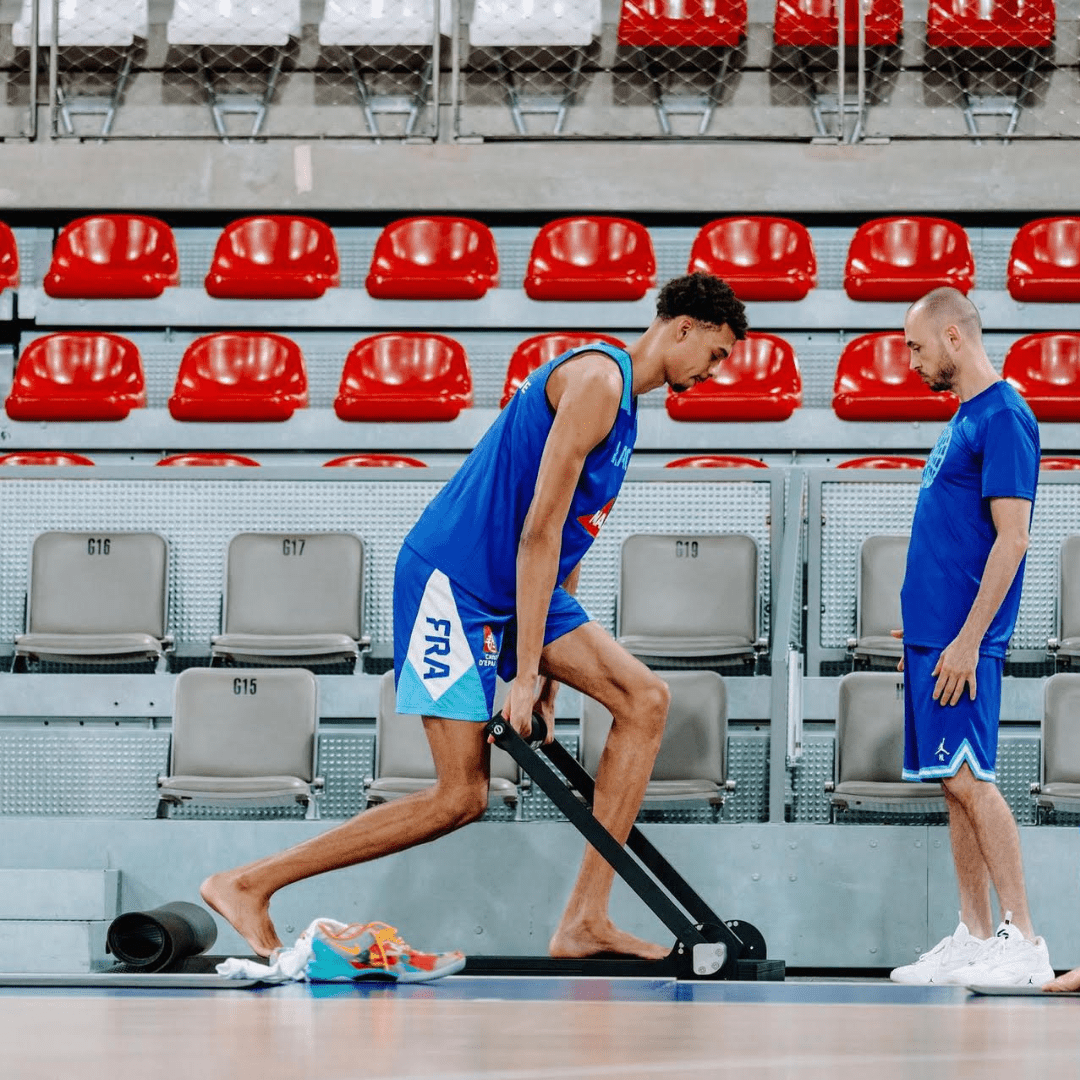
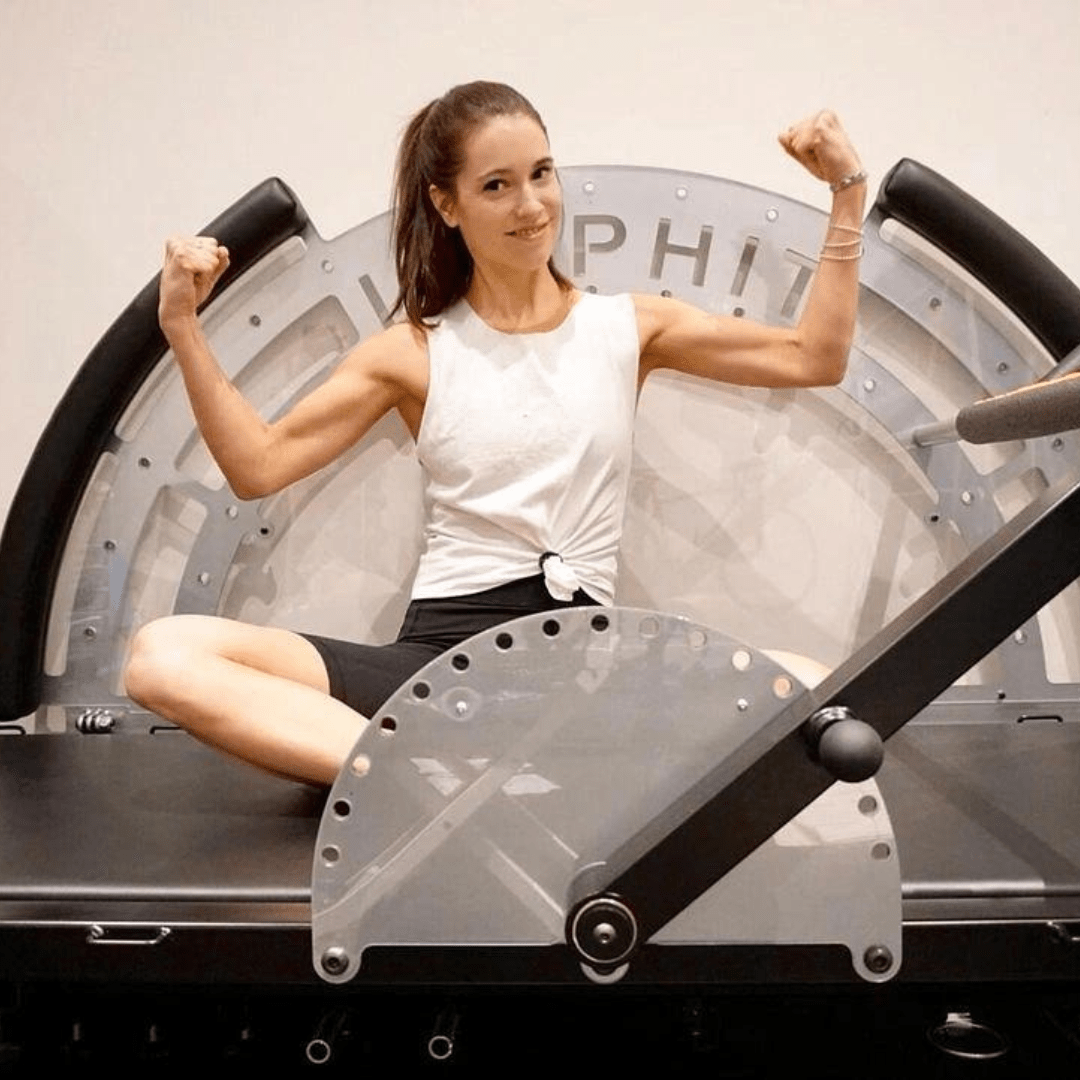

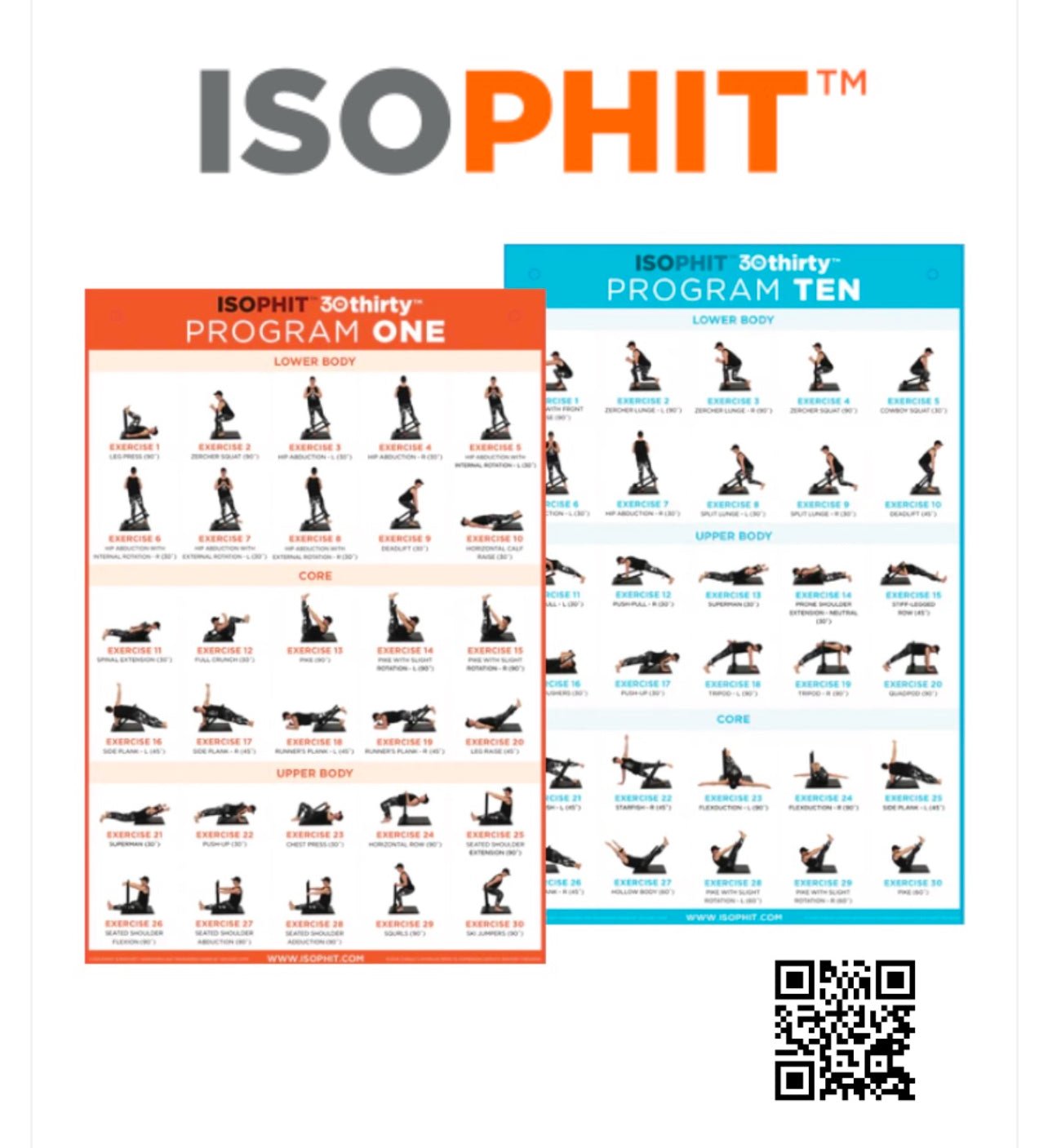

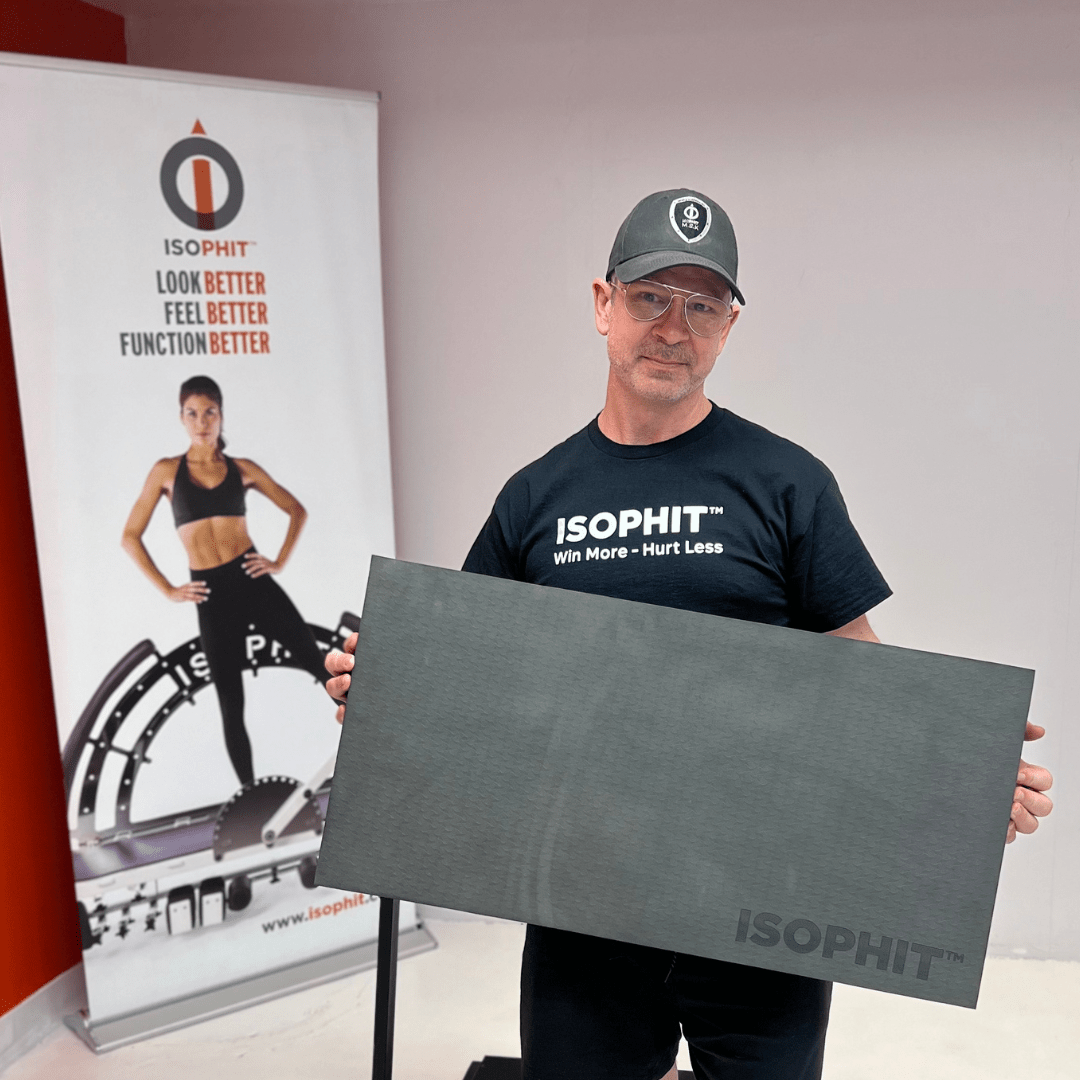
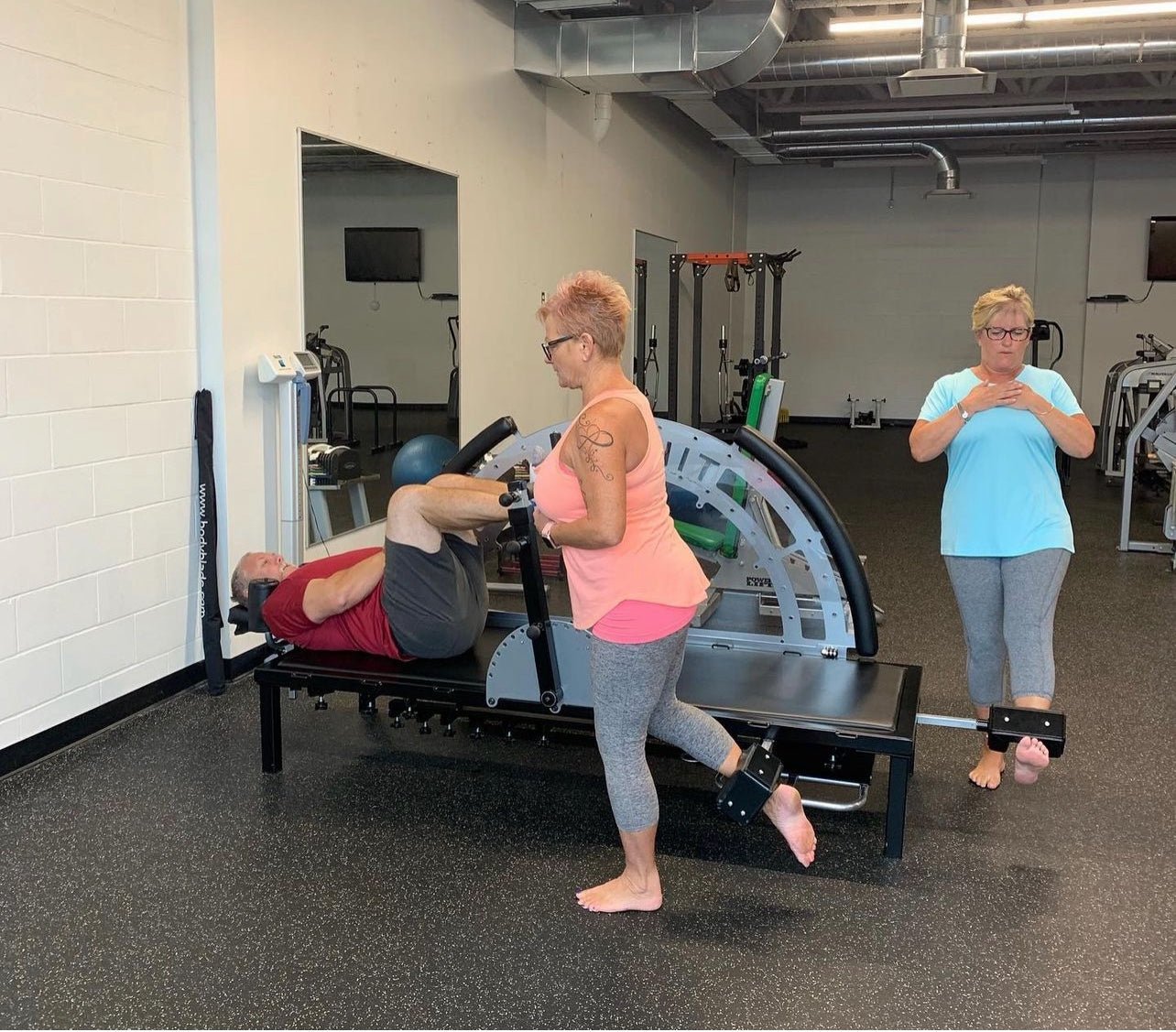
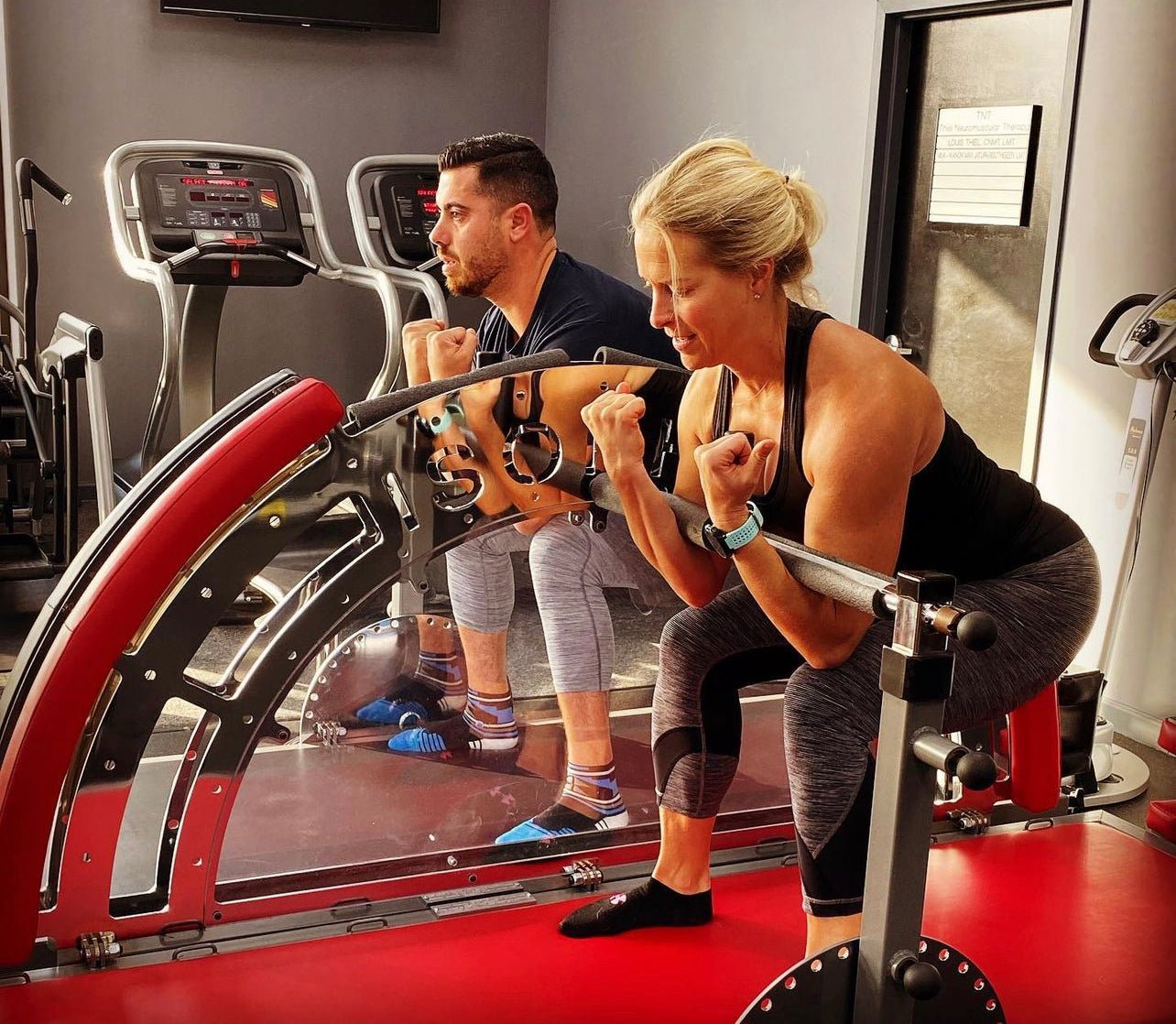
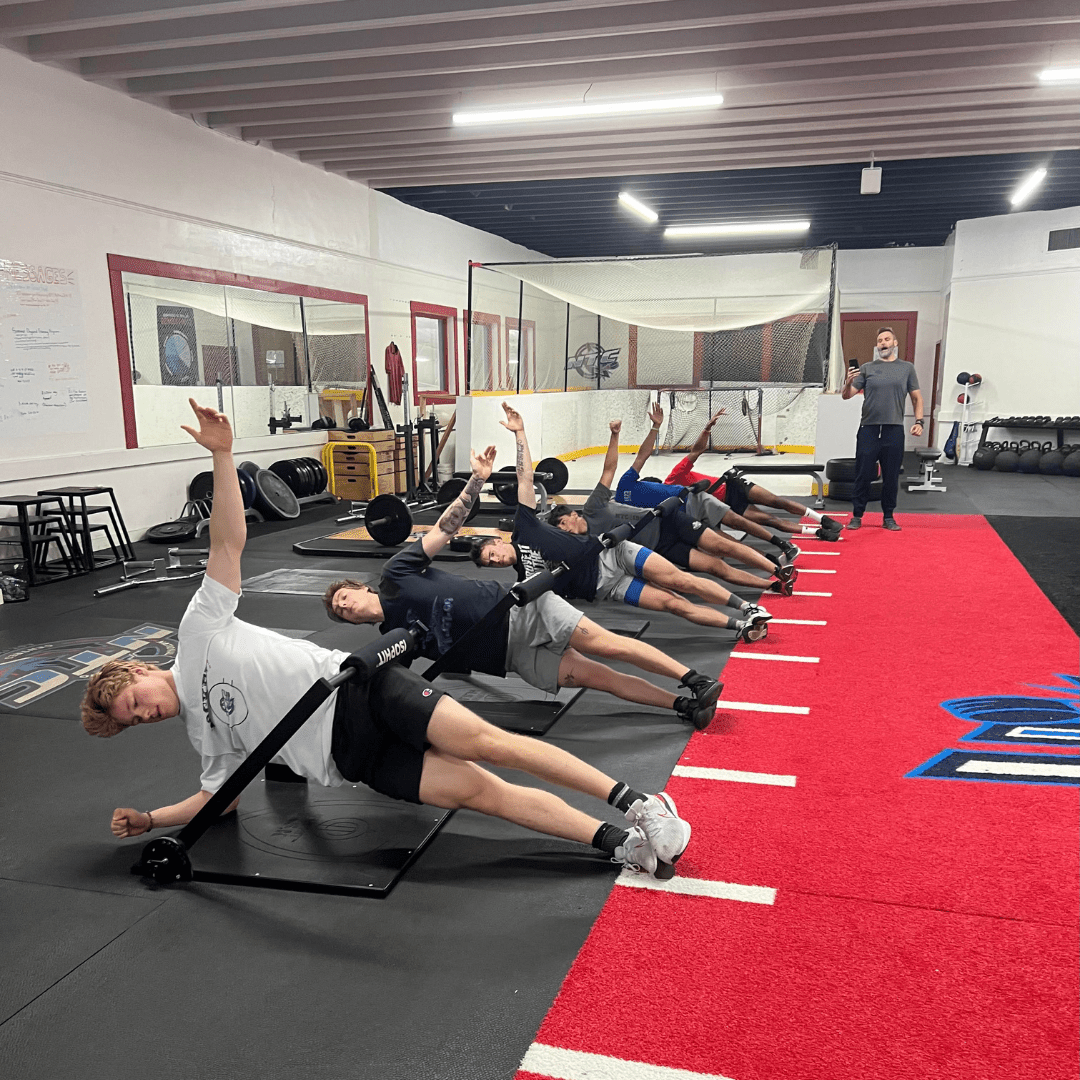
Share:
Isophit: Is It Time to Change Your Employee Wellness Strategy?
Isophit: The Solution to Better Performance and Reduced Injury Risk is Right in Front of Your Eyes.